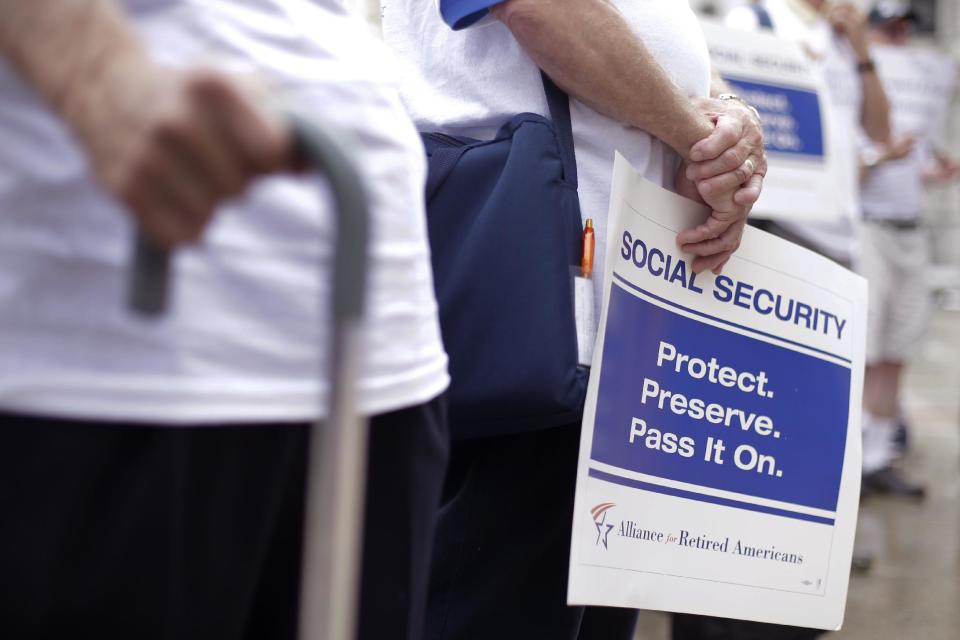There’s now clear evidence that anti-poverty programs like welfare and Social Security work

Poverty-alleviation programs like food stamps (SNAP), Social Security, and other “welfare” programs are broadly effective at reducing poverty, a new study from University of Chicago researchers found.
The study, performed by researchers Bruce Meyer and Derek Wu, conducted a more comprehensive analysis than most studies, because it used administrative data from the programs’ payment records, not just survey data of recipients from the Census Bureau. The findings shed new light on the highly politicized debate of welfare programs that are often characterized as “handouts.”
The effectiveness question is often at the crux of the dispute, and the study finally answers it in a more complete way for six major programs: SNAP, Supplemental Security Income (SSI), Temporary Assistance for Needy Families (TANF), Social Security, housing assistance, and the Earned Income Tax Credit.
In the past, surveys that looked into these questions have been somewhat accurate, but have also resulted in substantial errors, the researchers found. The errors traditionally underestimated the effectiveness of these programs — and thereby clouded the debates for policymakers.
“Much of what we know about the effects of these programs comes from survey data. But there is a lot to learn from the administrative data,” Wu told Yahoo Finance. “Take single-parent families, for example. Even though these families are still relatively underserved by the safety net, the effects of certain programs (like Social Security, SSI, and Public Assistance) on their poverty rate more than double when we bring in administrative data.”
Respondents in Census surveys often significantly under-reported the effects of these programs, failing to count 50% of public assistance dollars, 42% of SNAP dollars, and 16% for SSI. (Census surveys often neglect asking about some benefits and tax credits, according to the study.)
The research found that all programs except for the EITC “sharply” reduces deep poverty, which is defined as 50% below the poverty line, which is an income of $12,140 for an individual and $20,780 for a family of three.
The EITC has a bigger impact for families around 150% of the poverty line, an income level often described as “working poor.” The researchers called the tax credit, along with SNAP, the “most effective” of the means-tested programs.
For the elderly, Wu said the research found that Social Security benefits “single-handedly slashes poverty by 75%.” Social Security’s overall effect on all poverty is also enormous, responsible for by far the largest poverty reduction among all these programs, the study said.
When it comes to alleviating deep poverty, Wu said, “many of the means-tested transfers (like SSI, SNAP, and housing assistance) play a substantially larger role than Social Security, which pays out more for those who put more in.
Asked what he would emphasize for politicians and policymakers, given what the study has found, Wu pointed to the study’s bottom line.
“Many of these government programs do have pronounced effects on poverty, especially if you look at groups that the programs are designed to target,” said Wu.
—
Ethan Wolff-Mann is a writer at Yahoo Finance. Follow him on Twitter @ewolffmann. Confidential tip line: FinanceTips[at]oath[.com].
People are taking Equifax to small-claims court — and winning
Equifax reveals how many SSNs, credit cards, and passports were hacked
